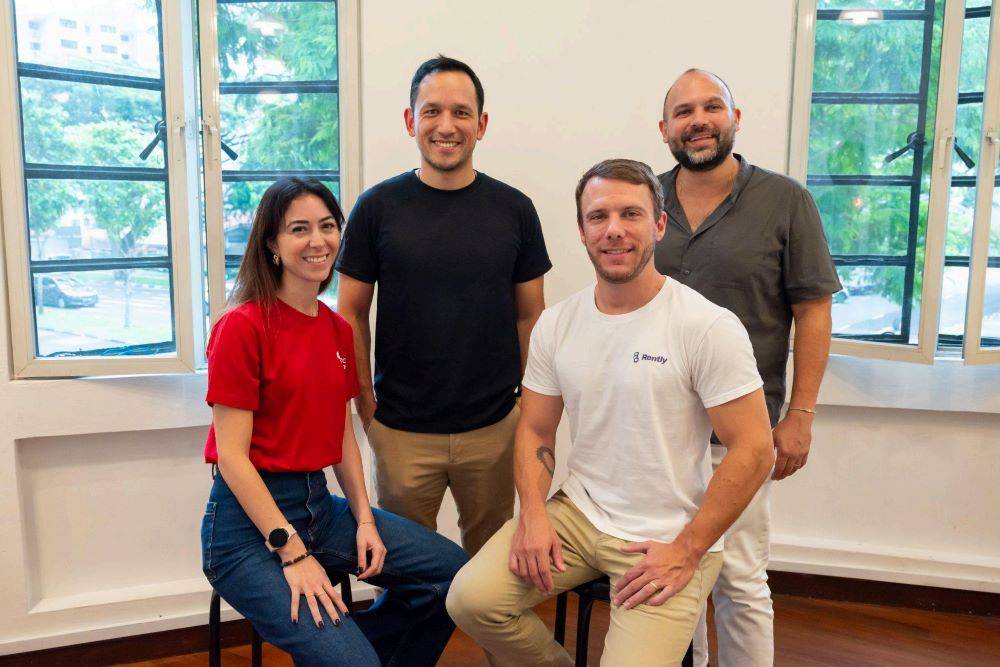A recent survey by Deloitte revealed that 69% of Gen Z would leave their job if their employer mandates a return to the office full time. This preference for autonomy by a segment that will grow to become 25% of the APAC population in 2025, reflects a greater inclination for flexibility, work-life balance, and autonomy offered by remote working.
As the workforce continues to shift to younger generations, companies must take remote work seriously in order to attract new talent and remain competitive in the global economy.
While some will take the leap forward to embrace new HR tools and technologies to prepare themselves for the future of work, others may find it difficult to adjust to the ever-changing tides of the global workforce.
Chris McNamara, Chief Revenue Officer of Remote, shares his view of what this means for the HR tech stack that organizations would have to build now to take advantage of this evolving talent space.
Distributed remote working is a winning model… still
As employers compete to fill the talent gap, those that embrace distributed remote working models — one where employees can be based in multiple locations around the world — will be able to tap into a deeper pool of candidates.
According to Chris, companies looking to hire internationally still face the challenge of how to find and connect with remote talent, not to mention how to manage them on an ongoing basis. They often use outdated tools that were designed before remote work really took off around the world.
These tools are usually designed with just one or a couple of countries in mind, and fall short of the needs of teams spread around the world. Searching for distributed talent is a particular problem since most job boards default to (often limited) location-based searches and fail to offer easy ways to communicate expectations for on-site work, travel, and time zone requirements for open roles.

Chris McNamara, Remote
Chris said, “Remote Talent is an updated job board that enables companies to quickly find top tier international talent, with features that allow them to specify time zone requirements as well as on-site and travel expectations with full transparency. “
These tools are usually designed with just one or a couple of countries in mind, and fall short of the needs of teams spread around the world.
Despite the rising popularity of freelance and contract work, many modern businesses are also not well-equipped to manage globally distributed remote workers.
“Over 400 companies across Singapore, India, Australia and New Zealand, found that 42% of companies in APAC lack a dedicated remote worker/contractor management solution, clinging to disjointed tools and juggling on average 16 HR systems,” said Chris.
AI, APIs, Asynchronous work play a greater role
As companies expand their hiring efforts beyond borders, AI tools can help address key challenges and bottlenecks in the recruitment process.

(Image credit: Remote)
Chris explained, “Employers can leverage AI technology to manage high volumes of applications, automate tasks, find the right skills match, and ensure global compliance. This trend is likely to gain more momentum, as Human Resource Online reported 80% of HR leaders are expecting an increase in AI integration in the coming years.”
But Chris also advised to approach this with caution because despite its time-saving benefits, the rise of generative AI comes with a host of ethical concerns including data privacy, bias, and transparency.
API technologies also becoming more important as businesses, and especially global-scale businesses, expect their software to work seamlessly together.
“At Remote, we designed our API to seamlessly integrate global employment services into partner platforms. This makes it even easier to extend their hiring globally without adding on a set of new tools for each country or function,” Chris said.
“These technologies are not fleeting trends; they represent fundamental shifts that will define the future.”
Chris also noted that as employers continue to build global teams, workplace culture is slowly shifting to one that prioritises output over face-time.
“With employees across multiple time zones, it may not be practical — or even possible — to establish set working hours. Instead, forward-thinking companies may opt to adopt an asynchronous working style, where employees have full flexibility to manage their own work hours.”
To address this, Remote has a workflow that is supported by a host of tools to keep information public, updated, and accessible, so that everyone knows what’s going on.
Distributed teams require distributed processes, the Chief Revenue Officer said. It’s time for companies to usher in a new era of work where efficiency and productivity no longer hinge on rigid schedules and meetings in real time, but instead, thrive on working autonomously, Chris concluded.








